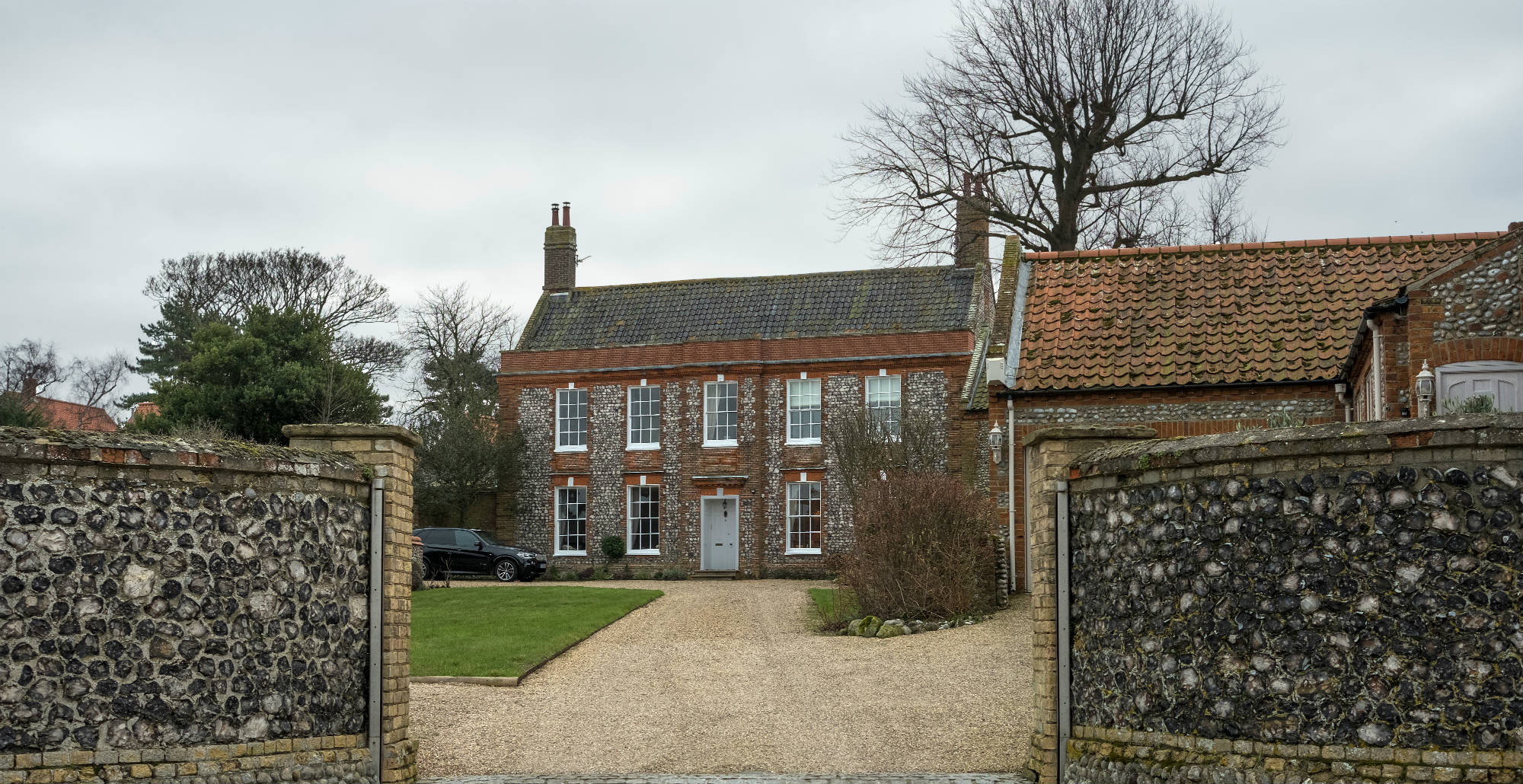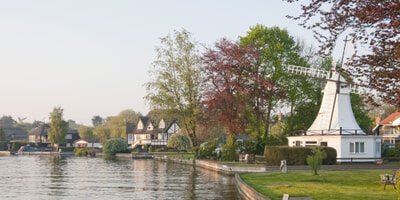
Rural property in Norfolk
Norfolk is very well known for its wonderful open spaces, vast greenery and picturesque landscapes. A large proportion of the land is occupied by working farms, there are also many country estates, equestrian properties, barn conversions and small holdings; rural property in Norfolk is hugely popular.
Many are drawn to the rural lifestyle available in Norfolk, there is a great sense of space and the population is much less condensed than many other counties; this is a major attraction for those that live here and for those that aspire to live here.
Barn conversions in Norfolk
Barn conversions and old character farm buildings that have been renovated are a popular type of rural property in Norfolk, over time many have been either sold to developers and converted or converted by landowners and then sold. These styles of property have always been attractive as typically offer modern open plan living with characterful original features and in a rural setting.
Occasionally the opportunity arises for a buyer to purchase an unmodernised barn which requires total conversion, this can often arise when a larger property is being sold in lots.
Norfolk country homes
Country houses are of varying size, scale and stature. In period homes the original landowner’s own importance was reflected in the scale of the house they lived. The house or estate was and still is a significant reflection of their wealth and status at the time of building.
Many farms are now managed on behalf of the owner and it is not always the instance that the farm owner lives on the farm themselves. This gives rise to the opportunity for the larger houses without the attached farmland to be sold; they are increasingly very popular as they provide large family houses with outbuildings and typically boast far reaching views and large gardens.
Country estates in Norfolk
There are many large estates in Norfolk, some of these will never be sold as are held by the families and will be handed down to future generations however some country estates and farms do become available from time to time.
Buying a working estate that will be a source of income as well as a buyers main residence must be a well-considered purchase as it will require a skilled team to work year round to ensure its yield is successful. Gaining robust advice on all matters from applicable tax to public footpaths is strongly recommended before committing to purchasing a working estate; whilst they can be incredibly rewarding it must not be a lightly considered endeavour.
In many instances smaller residential and amenity estates can often work exceptionally well as equestrian properties and are converted for such use.
Norfolk farms for sale
Farming types across East Anglia and specifically Norfolk are widespread and varied. About half of the county is used to grow cereals such as wheat or barley. Root crops such as sugar beet account for a substantial proportion of the land and typically are used as part of a crop rotation for enriching soils. Potatoes and pulses make up the balance of the farmed land.
Norfolk is also well known for rearing pigs and this form of farming takes up a large proportion not used for arable and is scattered across the county.
Whilst much of Norfolk is occupied by working farms these types properties rarely become available. Working farms can be varied in their sources of income, they may have long term agreements in place with other landowners or local farmers; a purchase of this nature is usually multifaceted, whilst we can assist in sourcing these types of properties we always advise our clients to seek the assistance of other specialist professionals throughout the course of a purchase.
Farm cottages that were originally built for farm workers but over time have been sold from the farm might appeal greatly to those seeking a smaller home in a rural setting.
Listed property considerations
Period rural properties often have masses of character and this is a very attractive part of home ownership in Norfolk. A number of these older properties are listed which means they are protected from being demolished or changed without permission so that their integrity as part of history remains intact for future generations to enjoy.
Before embarking on the purchase of a Listed property it is hugely important to understand that potentially, given the age and importance of these important buildings the costs of upkeep will be great and there is a certain responsibility with the ownership of these properties.
There are three types if listed buildings:
- Grade I – these are buildings of exceptional interest
- Grade II* – these are buildings that are particularly important
- Grade II – these are buildings that are of special interest
The National Heritage list (NHLE) is responsible for the listings and its main purpose is to protect these buildings for future generations to enjoy as have many generations enjoyed over time. The protection means that if works are required, both internally and externally then permission is required to do anything, whether this be to change a window or sign off for the exact material that will be used to repair the cladding say of a Tudor house.
Rural homes for sale in Norfolk
There are many types of rural property in Norfolk to be considered, from barn conversions on the edge of the broads to stately homes with sea views.
These opportunities stretch from north to south and east to west of the county and with our detailed knowledge of the county we can advise on all aspects including particular geographies. Whether you’re looking for a working rural property or one to simply live in as a home we can help find the perfect property. To talk to a member of our team regarding your search for a rural property in Norfolk please contact us.


